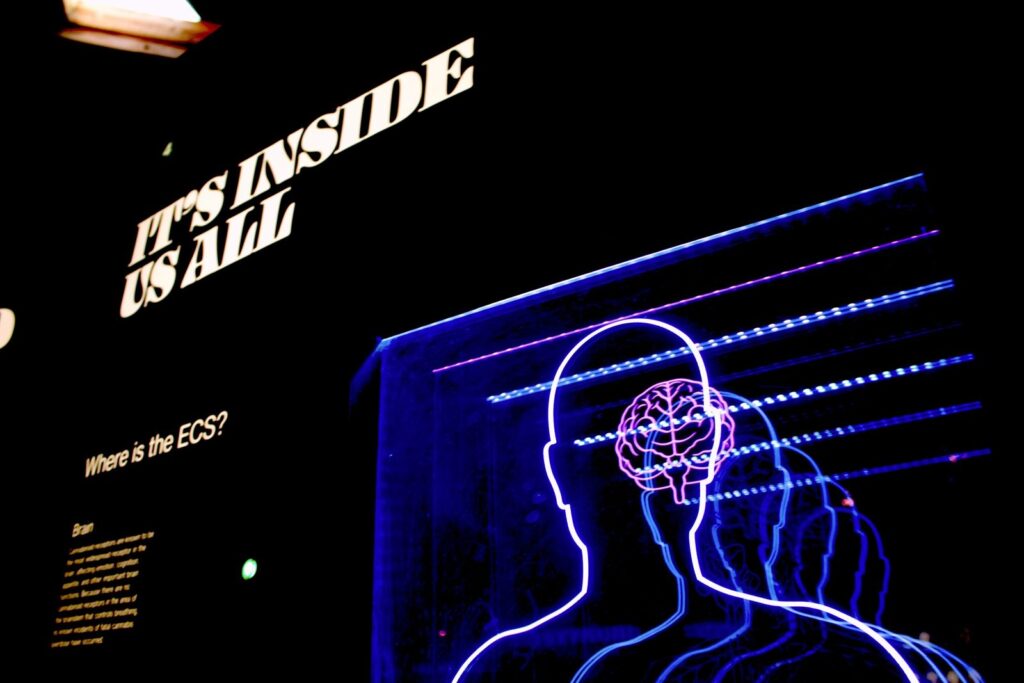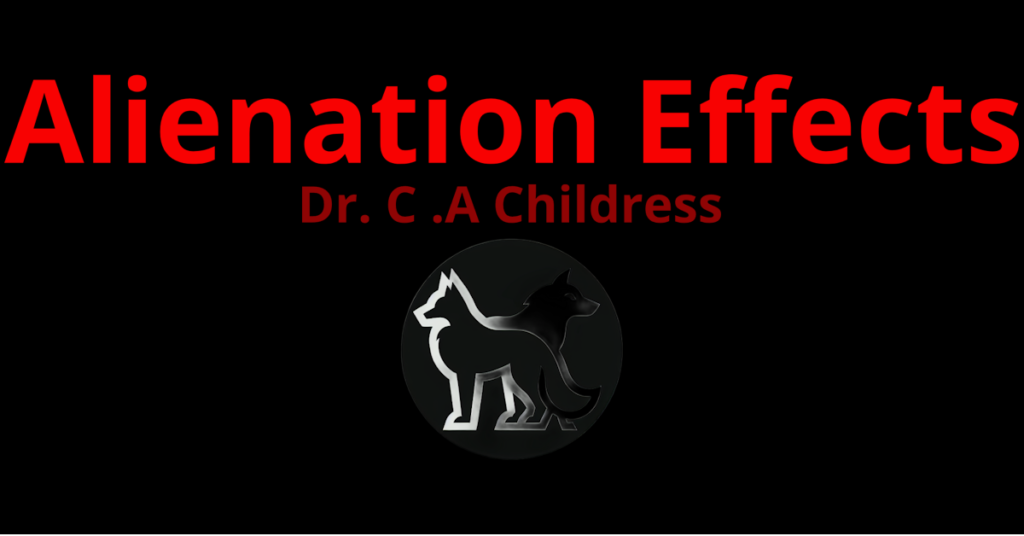Understanding Intrajects, Internal and External Objects

Intrajects and Internal vs. External Objects
In the realm of psychology, the concept of intrajects plays a significant role in understanding how individuals internalize and replicate external influences within their psyche. Intrajects are essentially the internalized representations of external objects, which can be people, experiences, or any impactful external entity. These internalized objects can have a profound impact on an individual’s mental and emotional landscape, shaping their self-perception and interactions with the world around them.
Dr. Craig Childress and Prof. Sam Vaknin have extensively explored the dynamics of intrajects and their implications on human behavior. According to their theories, intrajects can be both positive and negative. Positive intrajects often stem from nurturing and supportive external objects, contributing to a healthy and balanced self-image. Conversely, negative intrajects arise from harmful or traumatic experiences and can lead to a distorted self-perception and maladaptive behaviors.
The distinction between internal and external objects is crucial in this context. External objects are the tangible entities and experiences encountered in the external world, while internal objects are the mental representations of these encounters. For instance, a child who grows up with a loving parent internalizes this positive external object, which then becomes an intraject that fosters a sense of security and self-worth. On the other hand, a child exposed to neglect or abuse may internalize these negative external objects, resulting in intrajects that perpetuate feelings of inadequacy and fear.
These internal objects, once formed, significantly influence an individual’s psychological framework. They serve as reference points for interpreting new experiences and guiding behavior. A person with predominantly positive intrajects is likely to approach life with confidence and resilience, while someone with a preponderance of negative intrajects may struggle with self-doubt and anxiety. Understanding the formation and impact of intrajects is essential for addressing psychological issues and fostering personal growth. Through therapeutic interventions, individuals can work to reframe negative intrajects and cultivate healthier internal objects, ultimately leading to improved mental well-being and more fulfilling interactions with the external world.
The Concept of the ‘Dead Mother’ and Its Impact on the Psyche
The term ‘dead mother,’ coined by psychoanalyst André Green, describes a caregiver who is emotionally unavailable or unresponsive. Dr. Craig Childress and Prof. Sam Vaknin provide valuable insights into how the presence of a ‘dead mother’ can profoundly shape a child’s psychological development. According to their research, the emotional void created by an unresponsive caregiver forces children to internalize negative objects and experiences, which can have lasting impacts on their emotional and mental health.
Dr. Childress emphasizes that children look to their primary caregiver for emotional attunement and validation. When a caregiver, often the mother, is emotionally unavailable, it disrupts the child’s ability to form secure attachments. This emotional detachment can lead the child to internalize feelings of rejection and worthlessness, which are then projected onto their self-concept. Consequently, this internalization fosters the creation of a false self, a facade developed to cope with the emotional neglect.
Prof. Vaknin further explores the ramifications of having a ‘dead mother’ by examining the child’s defense mechanisms. He notes that children in such environments often resort to splitting, a psychological process where the child compartmentalizes their experiences into ‘all good’ or ‘all bad’ categories. This mechanism is a way to manage the conflicting emotions elicited by an unresponsive caregiver. Over time, these maladaptive coping strategies solidify into a false self, designed to protect the child’s vulnerable core from further emotional harm.
The long-term effects of growing up with a ‘dead mother’ can be profound. Individuals may struggle with chronic feelings of emptiness, low self-esteem, and an inability to form healthy relationships. The internalized negative objects continue to influence their worldview, perpetuating a cycle of emotional instability. Dr. Childress and Prof. Vaknin’s insights underscore the importance of addressing these deep-seated psychological wounds to facilitate healing and the development of an authentic self.
The False Self as a Defense Mechanism
The concept of the false self, as explored by Dr. Craig Childress and Prof. Sam Vaknin, serves as a crucial defense mechanism that individuals develop to shield themselves from emotional pain and rejection. This psychological construct manifests as an artificial persona, consciously or unconsciously crafted to present a facade of normalcy and competence. The false self aims to meet societal expectations and gain acceptance, thereby protecting the individual from feelings of inadequacy and vulnerability.
One of the primary characteristics of the false self is its ability to maintain a veneer of stability and capability in social situations. This facade allows individuals to navigate complex social dynamics without exposing their true selves to potential criticism or judgment. By projecting confidence and emotional resilience, the false self helps individuals avoid the discomfort associated with their perceived flaws and insecurities. Dr. Childress emphasizes that this mechanism is often rooted in early developmental experiences, where individuals learn to adapt their behavior to secure approval and avoid negative feedback.
However, the reliance on a false self is not without significant drawbacks. Prof. Vaknin highlights that over-dependence on this construct can lead to a profound loss of authenticity. When individuals habitually suppress their true emotions and desires to maintain the facade, they may experience a growing sense of disconnection from their authentic selves. This disconnection can result in increased emotional distress, as the individual struggles to reconcile their public persona with their private identity.
Moreover, the false self can create a cycle of emotional strain, where the effort to uphold the facade becomes increasingly taxing. The constant vigilance required to maintain the false self can deplete emotional resources, leading to heightened anxiety and stress. In extreme cases, this can culminate in a crisis of identity, where the individual feels trapped by the very mechanisms intended to protect them.
Understanding the dynamics of the false self as a defense mechanism is crucial for fostering emotional well-being. By recognizing the signs of a false self and exploring the underlying causes, individuals can begin to dismantle the facade and work towards a more authentic and fulfilling existence.
Quiz: Testing Your Understanding of Intrajects, Internal and External Objects, and the False Self
To evaluate your grasp of the concepts discussed, we’ve prepared an 8-question quiz. Each question offers multiple correct answers to stimulate deeper contemplation. After the quiz, an answer key will provide explanations, reinforcing your comprehension and summarizing crucial points from the article.
This quiz will consolidate your understanding of intrajects, internal and external objects, and the creation of a false self. By reflecting on these questions and answers, you can deepen your insight into these complex psychological concepts.







Responses